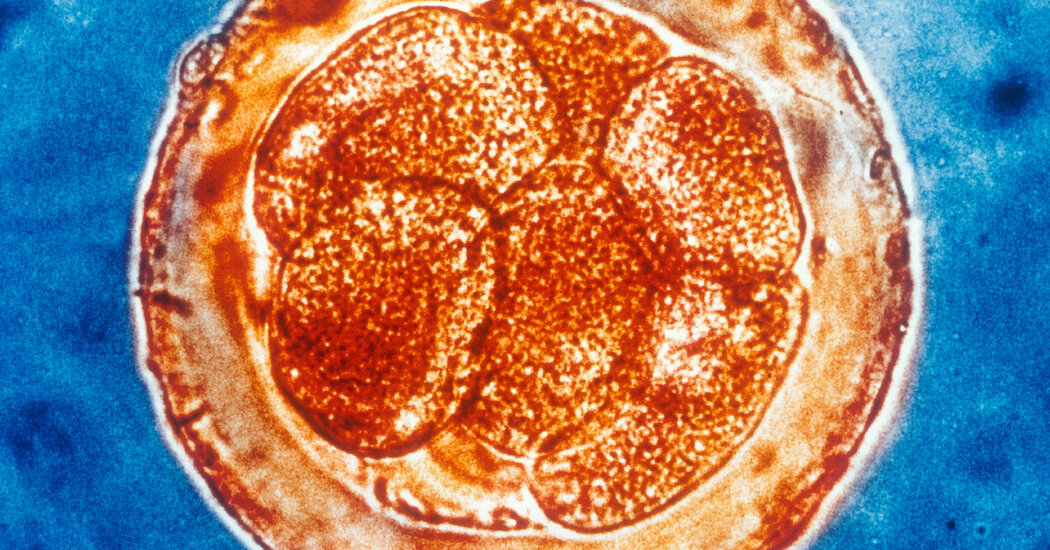Labs around the world are trying to turn cells into autobiographers, tracking their own development from embryos to adults.
Shortly after conception, a fertilized egg divides, becoming two. Then each of those cells splits, becoming four, and on and on. Over time, those lineages of cells grow distinct, giving rise to all the different organs and tissues in the human body and comprising as many as 36 trillion cells.
Scientists would love to understand the trajectory of each of those cells over time. “It’s something that developmental biologists like me have dreamed of for over 100 years,” said Alex Schier of the University of Basel in Switzerland. But the best they have managed has been taking snapshots of cells at different stages.
Lacking that complete history, scientists still have much to learn about how, exactly, cells produce our organs, or how they heal wounds later in life. “We really only understand bits and pieces,” said Tanja Stadler, a computational biologist at ETH in Zurich.
Dr. Stadler’s lab and others around the world are trying to turn cells into their own historians, as she and her colleagues described in the journal Nature Reviews Genetics on Monday. Their engineered cells can insert distinctive bits of genetic material into their DNA. As the cells divide, those genetic bits turn into distinctive bar codes.
The technology is also allowing cells to create a genetic record when they experience a notable event, such as receiving a signal from other cells or making a particular protein.
Dr. Schier speculated that doctors might even someday inject sentinel cells into our bodies to track our changing health. “I feel kind of sick now — did I have an infection three months ago? Did I have mercury poisoning seven months ago?” Dr. Schier said. The answers could be found in the cellular history recorded by sentinel cells.
